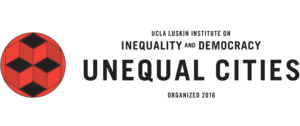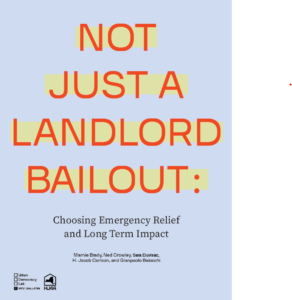Urban Democracy Lab
Coauthored by #UnequalCities Network members Marnie Brady, Ned Crowley, Sara Duvisac, H. Jacob Carlson, and Gianpaolo Baiocchi
Excerpt: We are on the verge of a generation-defining housing emergency. This is also a moment of historic opportunity for cities and states to strategically use the infusion of new federal dollars to address fundamental inequities in housing. To date, in March 2021 the Federal Government has set aside $27.4 Billion for housing assistance on top of the December 2020 allocation of $25 Billion in rent relief. By comparison, together this represents nearly the entire HUD 2021 budget. While the Department of Treasury has released some regulations on how the new federal rent relief money must be spent, a good deal of program design is left up to state legislators and governors. These localities now face the question of how to best use these funds: do we use relief to attempt to reset to the “normal” pre-pandemic housing crisis, or do we leverage and structure relief to ensure greater housing stability for both the short and long term? Policies enacted during these first months of 2021 will shape the stability and resilience of communities hit hardest by COVID-19 to weather not only the continuing fall-out of the pandemic, but the climate, health, and economic crises to come. Existing relief efforts up to now, which have largely placed burdens on struggling tenants and owners, have failed. If we are to both address the pending emergency of evictions and create the conditions for housing security in the long-term, we must re-calibrate landlord relief to release renters from debt, ensure habitability, rent stability, and just cause eviction protection, and expand the stocks of social housing outside the speculative market.
Download >> Not Just a Landlord Bailout: Choosing Emergency Relief and Long Term Impact


